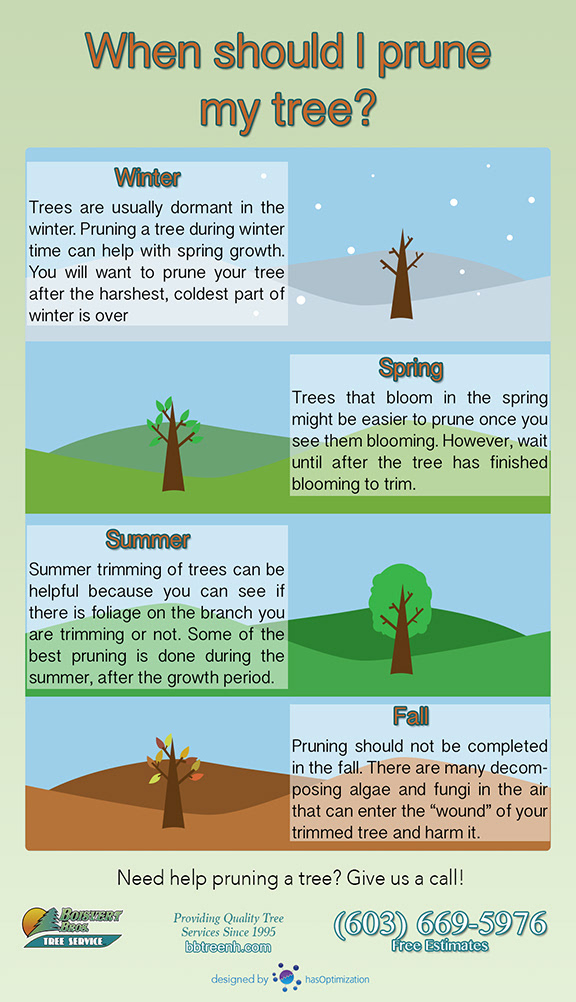Post-Tree Elimination Care Plays A Substantial Role In Landscape Restoration; Discover Essential Steps To Boost Your Surroundings And Mitigate Future Problems
Post-Tree Elimination Care Plays A Substantial Role In Landscape Restoration; Discover Essential Steps To Boost Your Surroundings And Mitigate Future Problems
Blog Article
Composed By-Graham Deal
After a tree's elimination, your landscape may look fairly various, and it's important to analyze the consequences very carefully. You'll want to evaluate the soil disturbance and check bordering plants for any indicators of stress and anxiety. Overlooking these variables can lead to larger troubles down the line. So, what should Prune A Lemon Tree finish with those stumps and roots? And just how do you select the most effective plants for your revitalized room? Allow's explore these essential steps.
Assessing the After-effects: Evaluating Your Landscape
After a tree removal, it's crucial to assess your landscape to recognize the effect it carries your backyard.
Start by taking a look at the area where the tree stood. Seek indicators of soil disturbance, and check the surrounding plants for any anxiety or damages.
You need to also bear in mind of exactly how the removal has altered sunlight direct exposure and air movement in your yard. This change can influence the growth of neighboring plants, so it's important to examine their health.
Think about the aesthetic elements also; the elimination might develop an open space that you can redesign.
Ultimately, think of any potential disintegration problems that might develop from the tree's lack. Addressing these elements early will assist restore balance to your landscape.
Taking care of Stumps and Roots: Options for Elimination
When you have actually evaluated the results of the tree removal, you'll likely require to deal with the stump and roots left behind.
You have a couple of options for elimination. One efficient approach is stump grinding, where a professional makes use of a maker to grind the stump to below ground degree. This strategy leaves very little disturbance to your landscape.
If you choose a DIY approach, you can make use of a combination of excavating and chemical stump removers. Just bear in mind, this procedure can take time and effort.
Additionally, consider leaving the stump as an all-natural feature, which can function as a special garden element or environment for wildlife.
Whatever you choose, dealing with the stump and origins is necessary for recovering your landscape.
Selecting the Right Plant Kingdoms for Your New Room
As you analyze your freshly removed space, selecting the right plants can dramatically enhance your landscape's beauty and performance.
Start by thinking about When To Trim Peach Trees and dirt conditions. For bright areas, opt for drought-resistant plants like lavender or succulents. In shaded areas, ferns and hostas flourish well.
Think about the dimension and growth habits of your plants; mix perennials and annuals for seasonal variety. Don't neglect to include indigenous varieties; they require less maintenance and support neighborhood wildlife.
Team plants in weird numbers for a much more all-natural look and create layers for aesthetic depth.
Finally, guarantee you have a mix of colors and textures to maintain your landscape lively throughout the seasons.
Delighted growing!
Verdict
To conclude, restoring your landscape after tree elimination is a rewarding process. By evaluating the after-effects, resolving stumps and origins, and picking the right plants, you'll create a successful environment. Do not fail to remember to include erosion control measures to shield your dirt. With a little initiative and care, you can change your room right into a vivid garden that boosts your building. Welcome the possibility to renew your landscape and enjoy the charm of nature right in your backyard!
